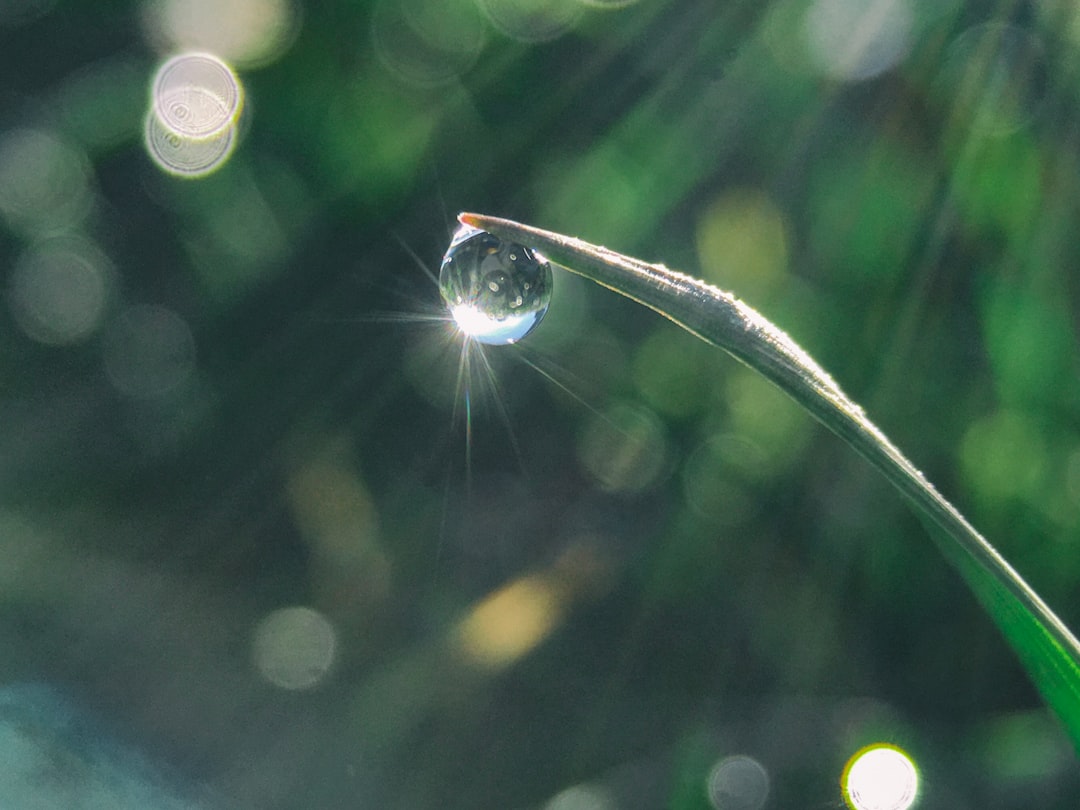What is it about?
Increasing hazardous pollutants released from textile, leather, paper, and other industries have caused significant environmental deterioration. The polluted water flowing into rivers, lakes, and seas would bring great disasters to the aquatic environment. Various biological, physical and chemical methods, such as chemical deposition, separation and removal technique, activated carbon adsorption, chlorination, and ozonation, are used in the treatment of industrial wastewater. The process of degradation of dyes by chlorination and ozonation is relatively slow and expensive, and traditional filtration and absorption methods lack efficiency. Up until now, water treatment technology needs urgent development. Due to its higher electron mobility and quantum yield, photocatalysis has aroused great interest in recent years. High efficiency photocatalysts are a promising solution to the energy and environmental problems. As a kind of direct wide bandgap semiconductor, ZnO has a bandgap similar to TiO2 and has aroused great interest in recent years because of its high efficiency, low cost, non-toxicity, and easy to control crystal structure and morphology.
Featured Image

Photo by Karol Chomka on Unsplash
Why is it important?
In order to greatly improve the photocatalytic properties, corn-like ZnO/ZnS heterojunctions with a particle size of about 60–71 nm have been synthesized by the solvothermal method and the subsequent sulfuration process. A declining trend is found for the specific surface area with increasing sulfuration time. The corn-like ZnO/ZnS heterojunctions exhibit good photocatalytic properties. With increasing sulfuration time, the degradation rate increases first and then decreases. The best degradation rate is observed for the heterojunction sulfurated for 90 min. The strong broad luminescence band is extremely beneficial to the absorption of visible light by multiphoton process. In addition, the energy transfer from ZnS to ZnO contributes to charge separation, forming a type-II heterojunction mechanism. After one cycle of photocatalytic process, except that corns become more broken, variation of particle size and shape is very small. The degradation speed of RhB after a second cycle of photocatalytic process is slower than the first one except when using the sample sulfurated for 360 min.
Perspectives
The ZnO/ZnS heterojunctions would have great potential for application in environmental protection. They have great significance in promoting the recycling of photocatalytic materials, improving the efficiency and economy of wastewater treatment technology, and improving the water environment of the earth.
Lei Yang
Hunan University
Read the Original
This page is a summary of: Synthesis, optical and photocatalysis property of corn-like ZnO/ZnS heterojunction with a certain lattice defects, The Journal of Chemical Physics, December 2023, American Institute of Physics,
DOI: 10.1063/5.0175919.
You can read the full text:
Resources
Contributors
The following have contributed to this page










